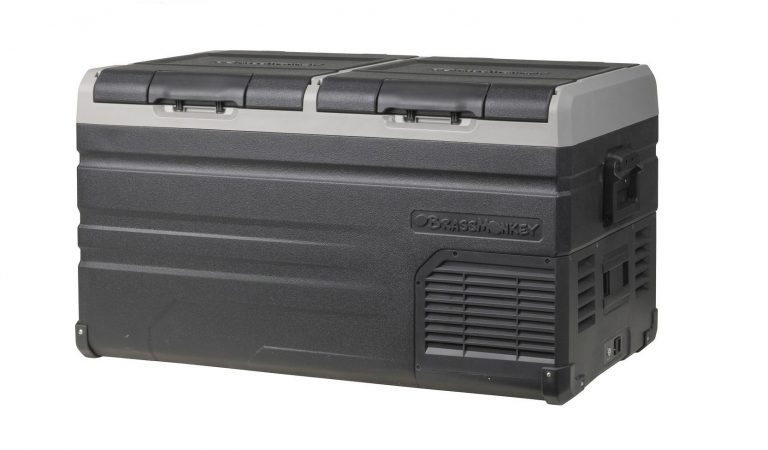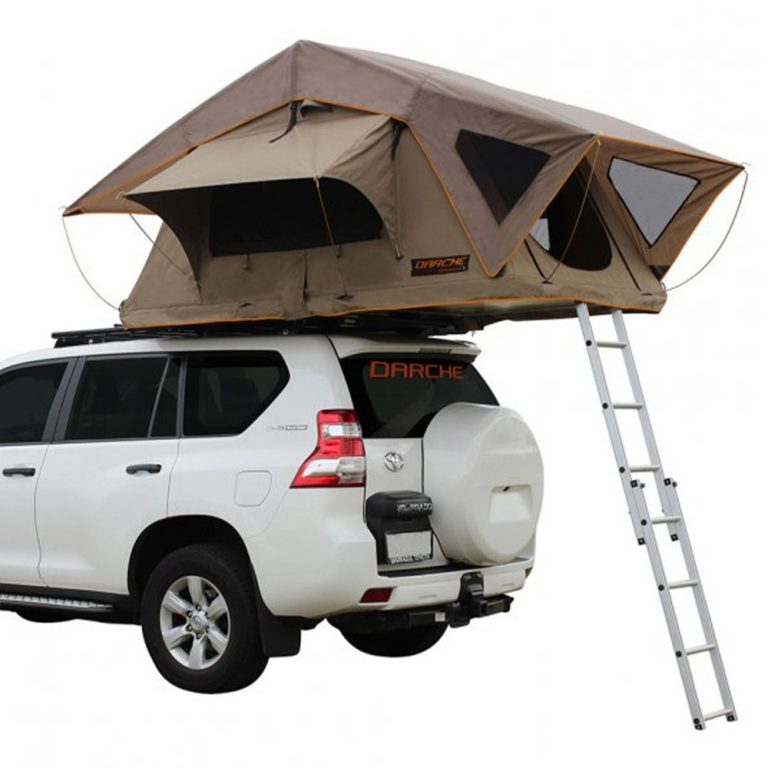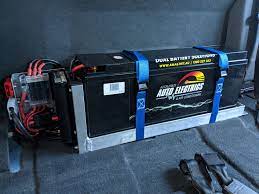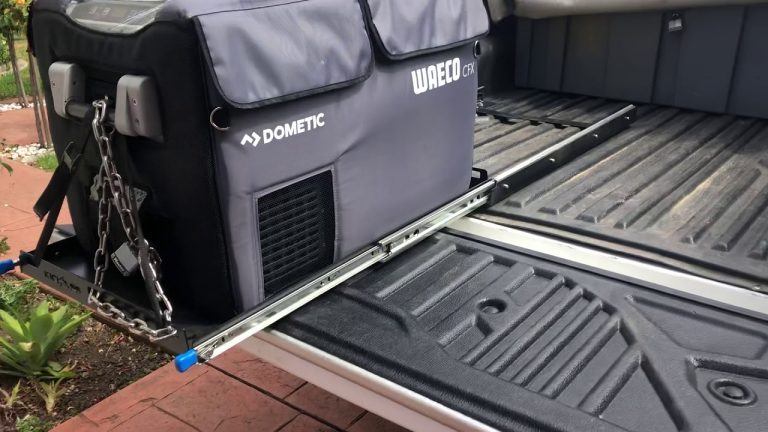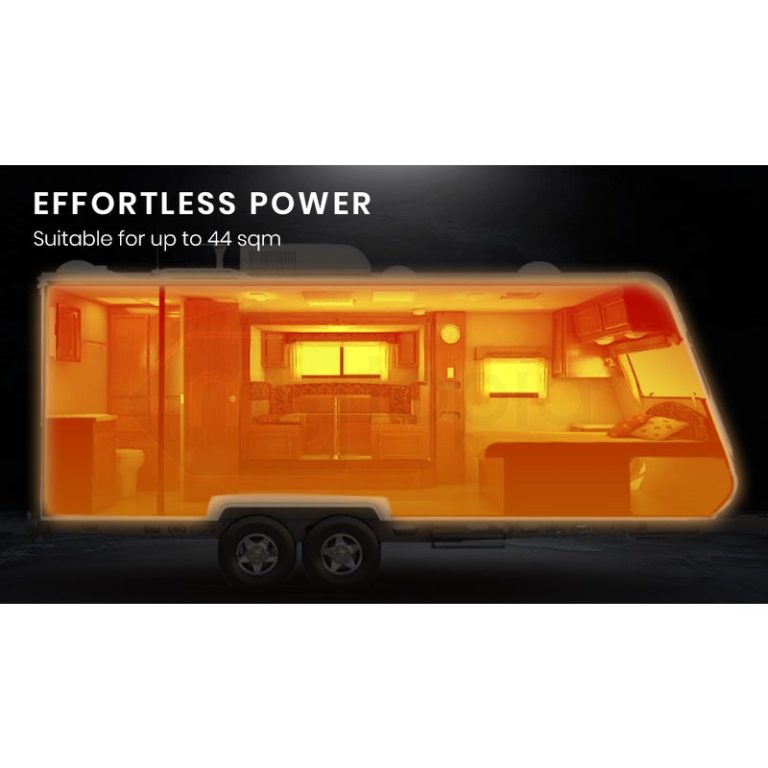Jackery is a reasonably new entrant into the Australia market with it's range of solar generators and portable power systems.
We recently tested out the Jackery Explorer 1000 Pro.
Key Takeaways
- The product is exceptionally well designed from an aesthetics point of view with smooth lines and the extra attention to detail you'd expect from a product in this price range.
- The Explorer 1000 Pro (1000 watt output) was very easy to set up and use with 2 x SolarSaga 80 Watt solar panels
- The performance of the system was good, with fast charging with both 240 volt and solar.
- Extra cable length between panels and unit would be beneficial
- It struggles to handle a small coffee machine (see qualification below), however USB lights, phones, and laptop computer all performed with no trouble utilising the power source.
Packaging
When you're paying $2000 + for a solar generator, you want it to look good. The packaging is high quality with the unit itself arriving in a box plastered with the Jackery orange, with simple and stylish information. The panels arrive in a standard brown cardboard box, but also each panel has a nicely designed and padded travel bag, conveniently with the panel handle easily accessible to grab.
A small error on the packaging is the image has USA sockets. Eagle eyed campers will spot this. While it's small thing, it diminishes the rest of the quality detail slightly. I'm sure this will be rectified as more inventory is sold in Australia.
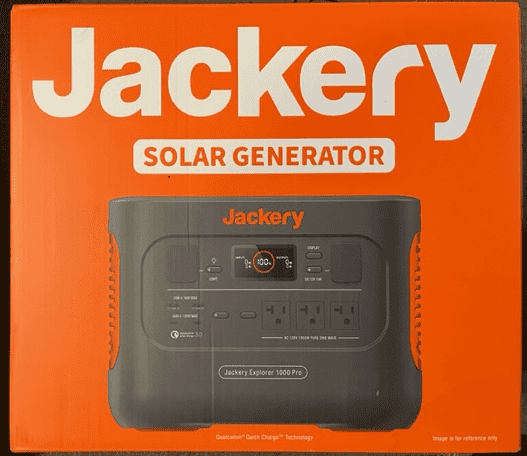
Panels are awkward to pickup and move for without handles, so the handle were welcomed, and helped with quick placement from out of the camper trailer to placement.
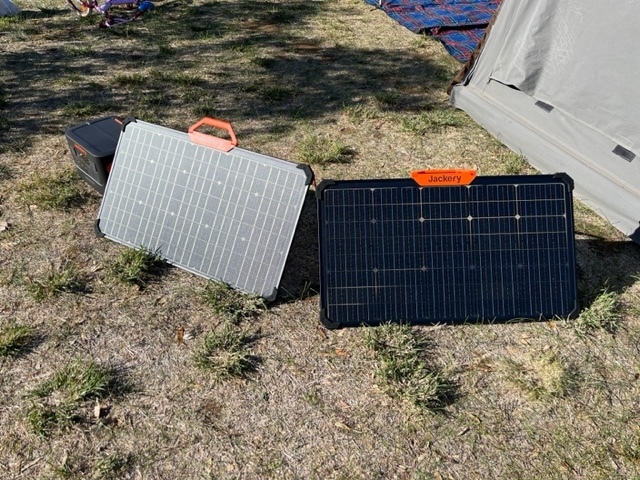

The Unit
It's not light, weighing in just over 11kg. However since you only need to unpack and place on a table of on the ground, you won't need t move it much. Afterall, it is a generator.
The design of both the generator unit and panels, as with the packaging, exudes a sense of quality. You don't get a flimsy feel when moving or using. The entire unit is very solid, and you get the idea that even if you knocked it off a table on to the ground, it wouldn't even feel it.

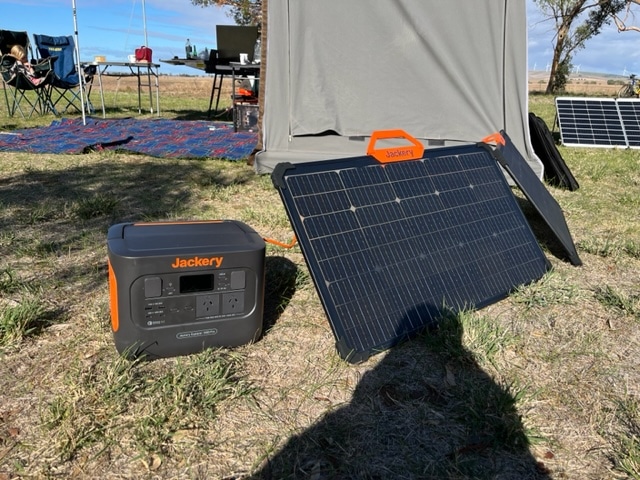
Features
Thew 1000 Pro has the following features:
- 2 plug outlets
- 2 standard USB A outlets and 2 x USB C outlets
- Light
- 1 cigarette lighter / 12 v outlet.
- Display
We actually charged the unit at home before we left for our trip via a 240V wall outlet. I was particularly surprised how quickly is charged to 100%, in just over 1 hour.
The display is really quite easy to read and understand, and with out even reading the instructions, you'll easily be able to understand what's going on.
Setup
The system comes with easily identifiable cords and cables to connect the solar panels in series (if you have more than 1) to the generator unit.'
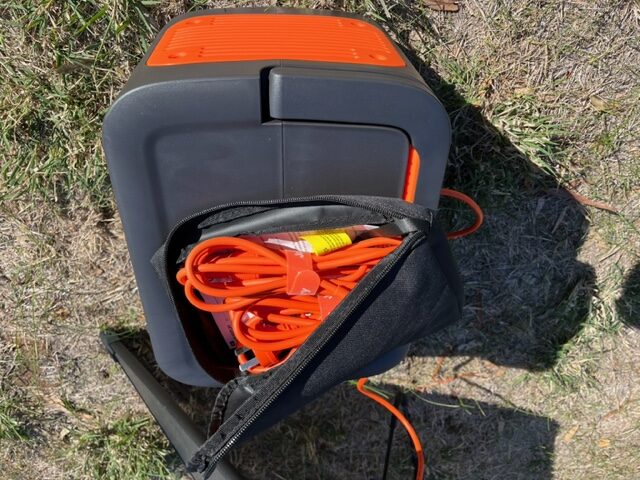

When setting up, I was surprised that the cables were so short, and thought that was a little bit strange. You really want enough cable length have the unit under cover, and the panels away from the camp a little. This wouldn't matter if you have the unit in your vehicle (say a ute canopy, and the panels on the roof). I did however find extra cables in the side pocket of the solar panel bags later on. Still though I think they would not be long enough in most cases. I'm sure you can purchase extra cables, but really is would be better if the length was included in the entire unit price. The obvious reason is to maintain the efficiency of the unit, so there is some compromise required.
Performance
I think we were a little unfair on this unit, as the first appliance we tested was a pod coffee machine. It did allow the coffee machine to turn on and warmup. However as soon as we started to run the machine, it tripped out. We were able to get a full cup by resetting and running, but this took 5 or 6 goes, with it tripping out each time.
A fellow camper then pointed out that likely this machine draws much more than 1000W. We checked the machine but couldn't see the specifications, so we had to assume it did.
For the rest of the trip we used the unit for charging USB lights, running some 12 volt lights at night, charging phones, running and charging a laptop, and charging a blue tooth speaker.
We had no other issues with it tripping out for the rest of the trip and performed fine.
Even with quite a bit of cloud cover, the unit was able to charge to 80% by late afternoon, and never really dropped below 40% after using all night.
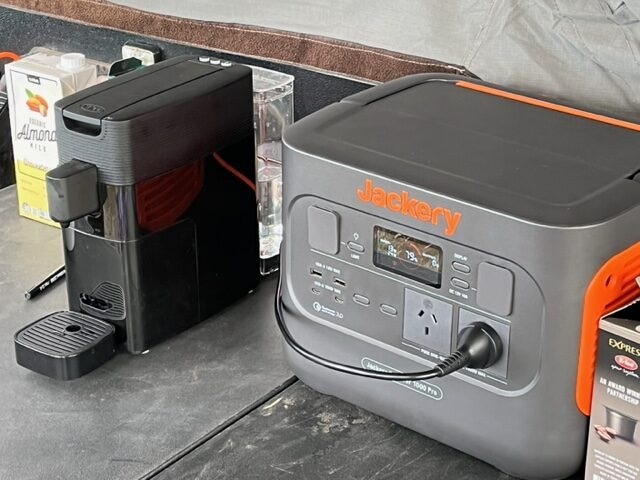
All in all, the unit performed as expected. If you're looking to run a coffee machine or larger appliance, you'll need look at the larger model such as the 3000 Pro.
We didn't get a chance to to run the 12 volt fridge with this unit on this trip, but we'll try it next time and update this post.
Price
For the 1000 Pro you'll pat around $1600 with 2 solar panels. The 2000 Pro is around $2500, and the larger 3000 Pro around $4000 with 2 solar panels. They also come with a free 2 year warranty.
With out actually testing the 3000 Pro, I suspect it would perform admirably, considering the quality of the 1000 Pro.
While the brand is up there in price compared to others on the market, the build quality and performance is worth it on our opinion. Obviously one thing we can't test is durability over a period of time, and the robustness of the units over the rough and tumble of say 5 or 10 years of camping.

Would We Buy It Again?
The answer is yes, but certainly we'd look at upgrading to with a 2000 Pro or even a 3000 Pro. We'd certainly like to plug our coffee machine in to test though before we purchased.
As with any solar generator, the more panels you have the quicker the unit will charge. So for heavy use and extra 1 or two panels is probably advised.
Also, while longer cables may reduce charging efficiency, I think it would be a good options to throw in a longer cable back to the unit for those who would want to set up this way.
All in all, a very high quality piece of gear, which you'd expect for the price.


